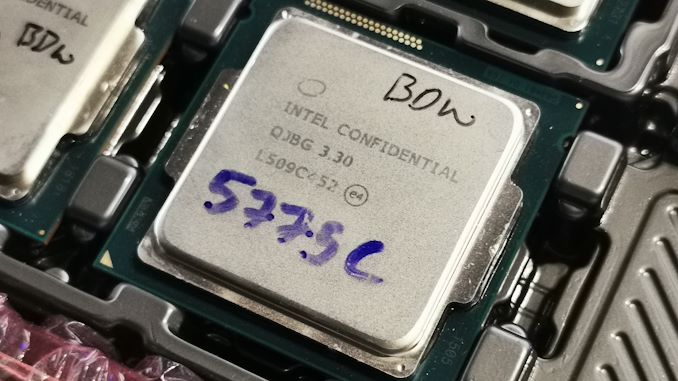- Joined
- Nov 2, 2020
- Messages
- 1,713 (1.04/day)
- Location
- Tel Fyr
| System Name | 1️Purple Haze 2️Vacuum Box |
|---|---|
| Processor | 1️AMD Ryzen 7 5800X3D (-30 CO) 2️Intel Xeon E3-1241 v3 |
| Motherboard | 1️MSI B450 Tomahawk Max 2️Gigabyte GA-Z87X-UD5H |
| Cooling | 1️Dark Rock 4 Pro, P14, P12, T30 case fans 2️212 Evo & P12 PWM PST x2, Arctic P14 & P12 case fans |
| Memory | 1️32GB Ballistix (Micron E 19nm) CL16 @3733MHz 2️32GB HyperX Beast 2400MHz (XMP) |
| Video Card(s) | 1️6900XTXH ASRock OC Formula LM'd & Phanteks T30x3 2️5700XT Sapphire Nitro+ LM'd & Arctic P12x2 |
| Storage | 1️ADATA SX8200 Pro 1TB, Toshiba P300 3TB x2 2️Kingston A400 120GB, Fanxiang S500 Pro 256GB |
| Display(s) | TCL C805 50" 2160p 144Hz VA miniLED, Mi 27" 1440p 165Hz IPS, AOC 24G2U 1080p 144Hz IPS |
| Case | 1️Modded MS Industrial Titan II Pro RGB 2️Heavily Modded Cooler Master Q500L |
| Audio Device(s) | Audient iD14 MKII, Adam Audio T8Vs, Bloody M550, HiFiMan HE400se, Tascam TM-80, DS4 v2 |
| Power Supply | 1️Rosewill Capstone 1000M 2️Enermax Revolution X't 730W (both with P14 fans) |
| Mouse | Logitech G305, Bloody A91, Amazon basics, Logitech M187 |
| Keyboard | Redragon K530, Bloody B930, Epomaker TH80 SE, BTC 9110 |
| Software | W10LTSC 21H2, PBO2, FF, MusicBee, mpv, ImageGlass, OpenRGB, FanControl, Greenshot, DS4Win, Signal |
The 1440p result is impressive:Games. The 5775C's gaming performance is extremely strong and it exhibits the same behavioral pattern of the 5800X3D and its performance will match the substantially faster and newer i5-10600K in games which the 5800X3D also tends to exhibit strong performance gains, such as Borderlands 3:

A Broadwell Retrospective Review in 2020: Is eDRAM Still Worth It?
www.anandtech.com
In Final Fantasy XIV, you'll observe the same type of behavior:

A Broadwell Retrospective Review in 2020: Is eDRAM Still Worth It?
www.anandtech.com
It's funny, this chip was way ahead of its time. It consistently pulls Comet Lake i5 weight on games known to benefit from cache performance, all of that despite being almost 5 years older. I really recommend perusing that revisit Ian did on this CPU back in 2020. It's probably the most comprehensive, informational and useful resource on Broadwell there is.
That'd be hard to say, I don't believe Intel disclosed it at all, but it should have around 100 GB/s bandwidth, half each way. Finding this information would probably be hard as the CPUs are now 10 years old.










